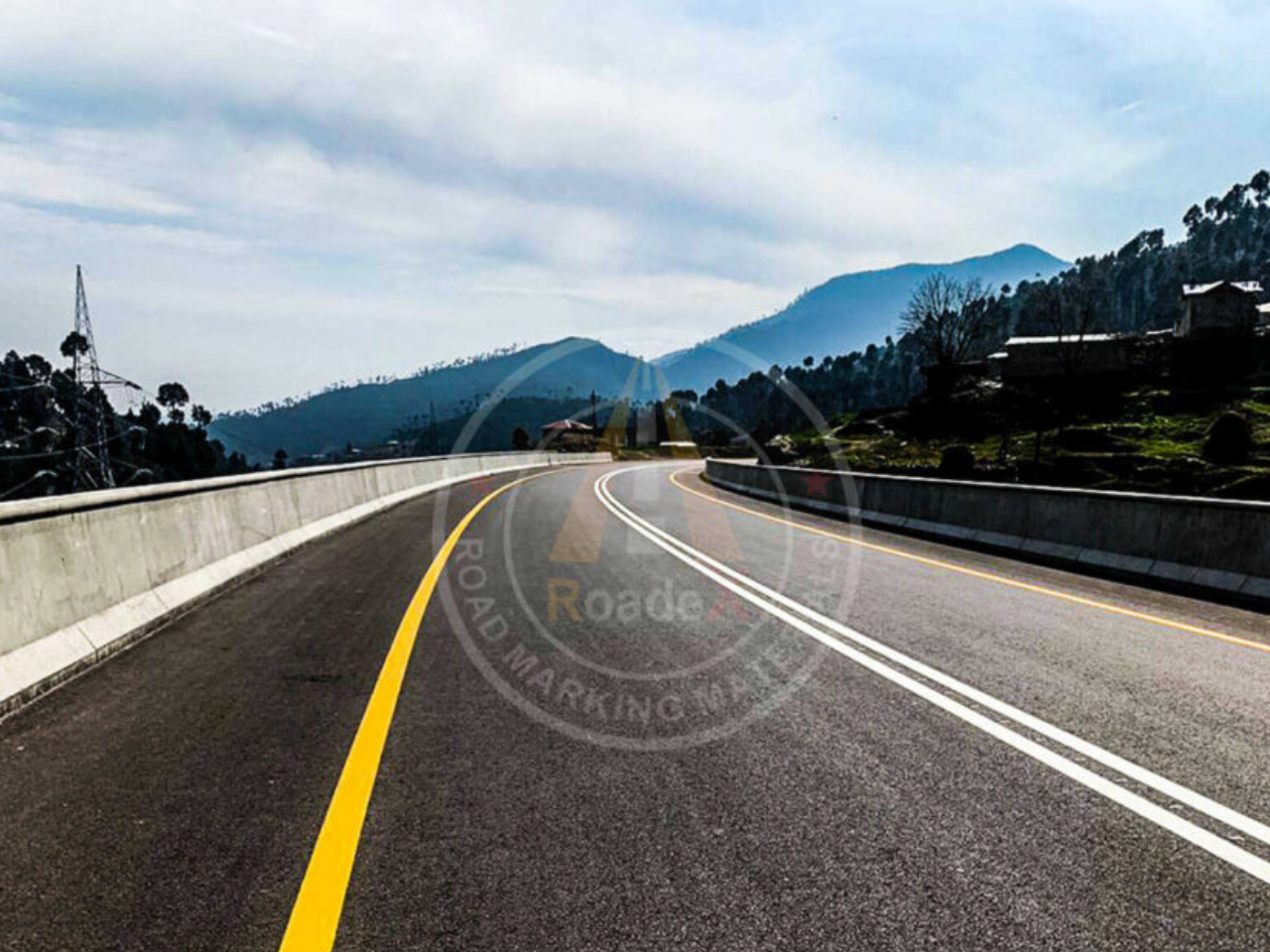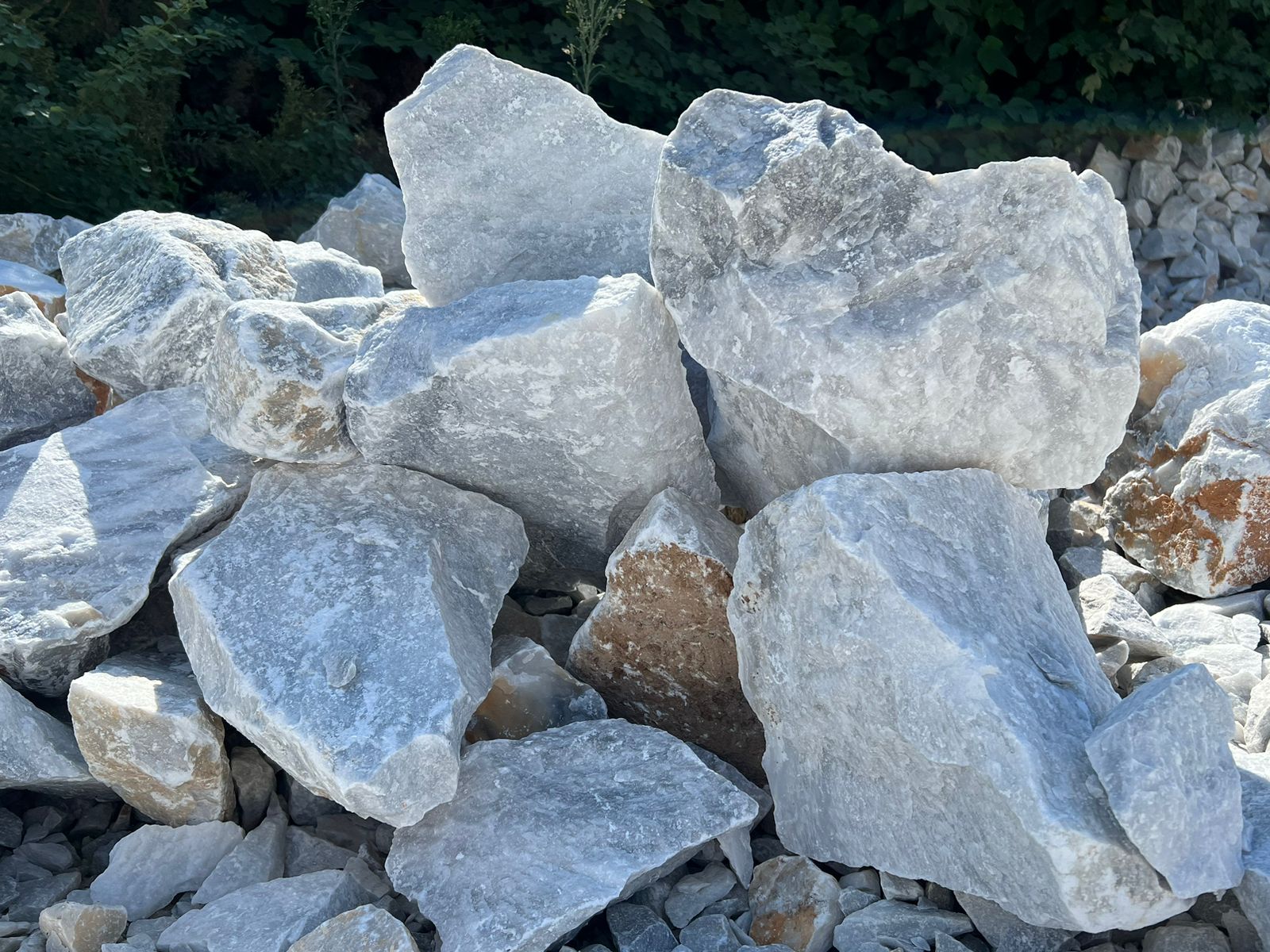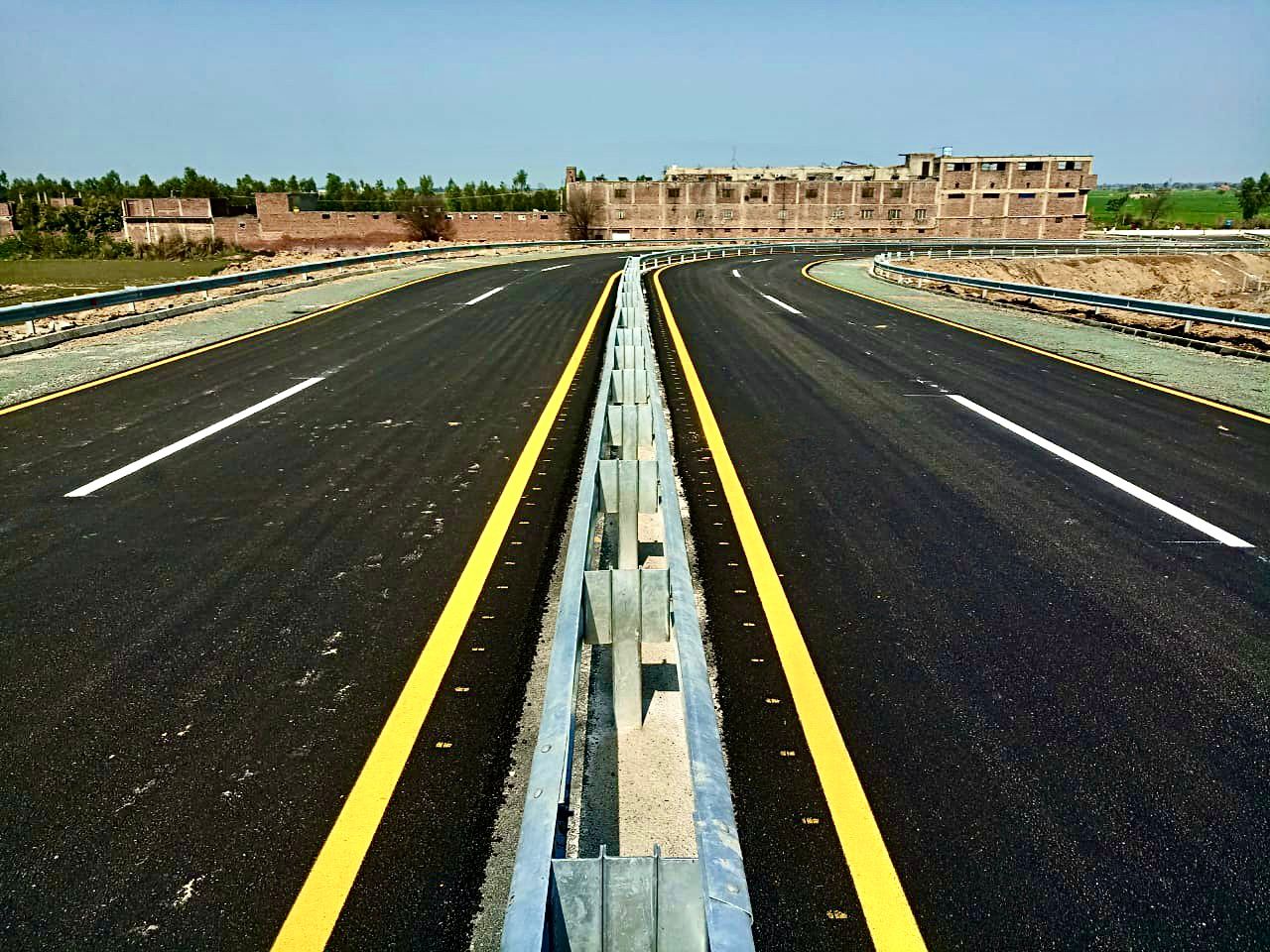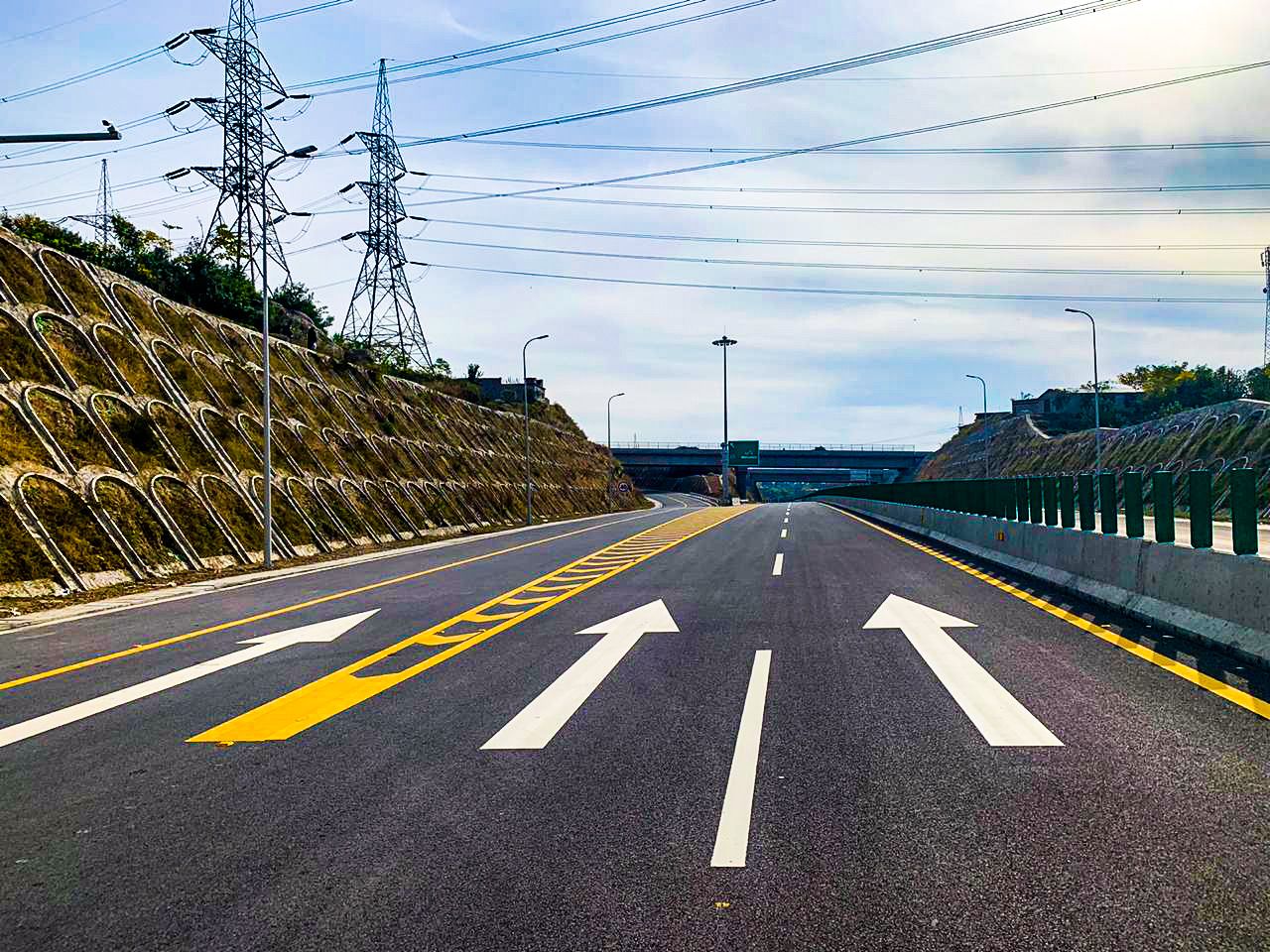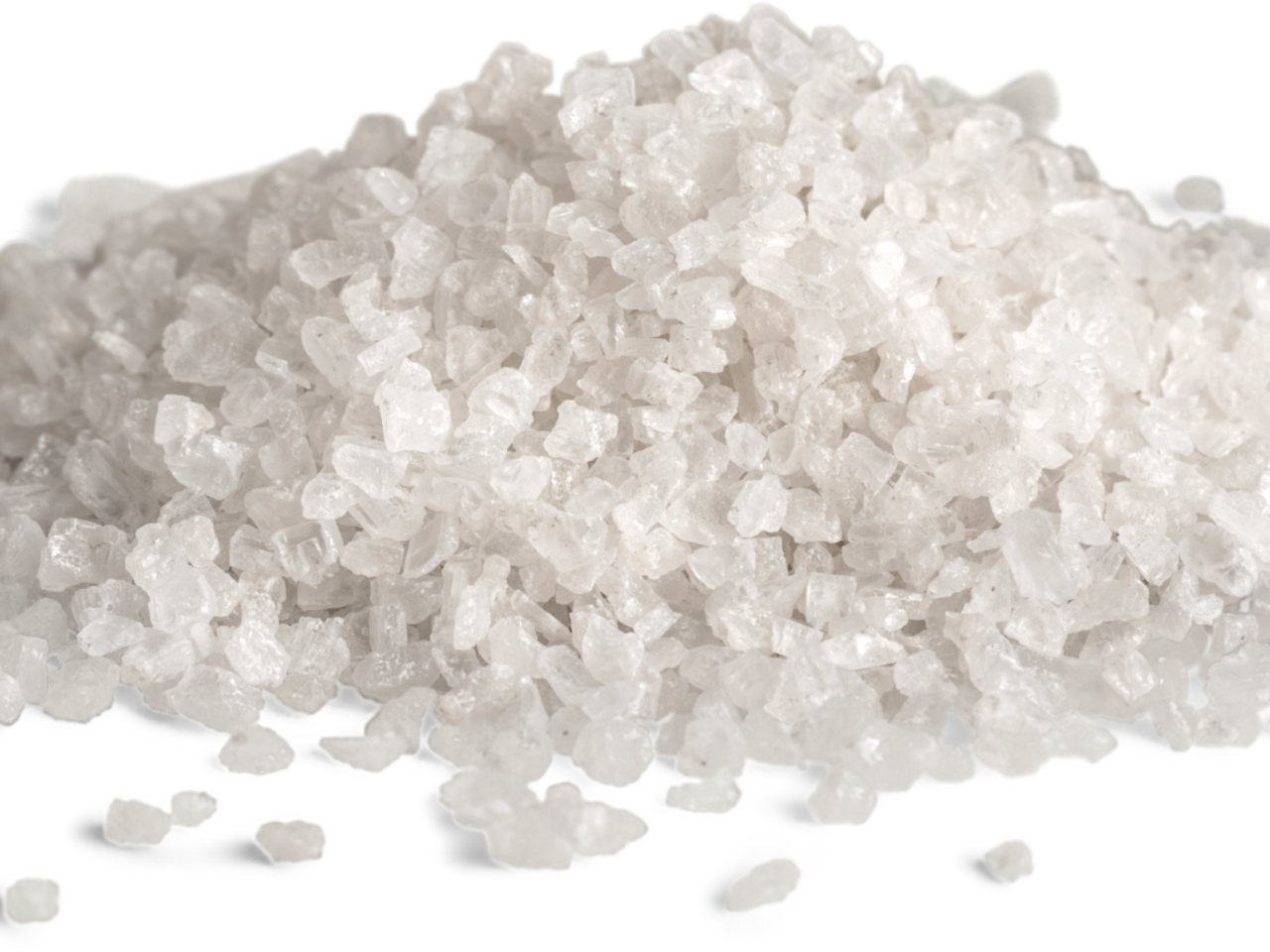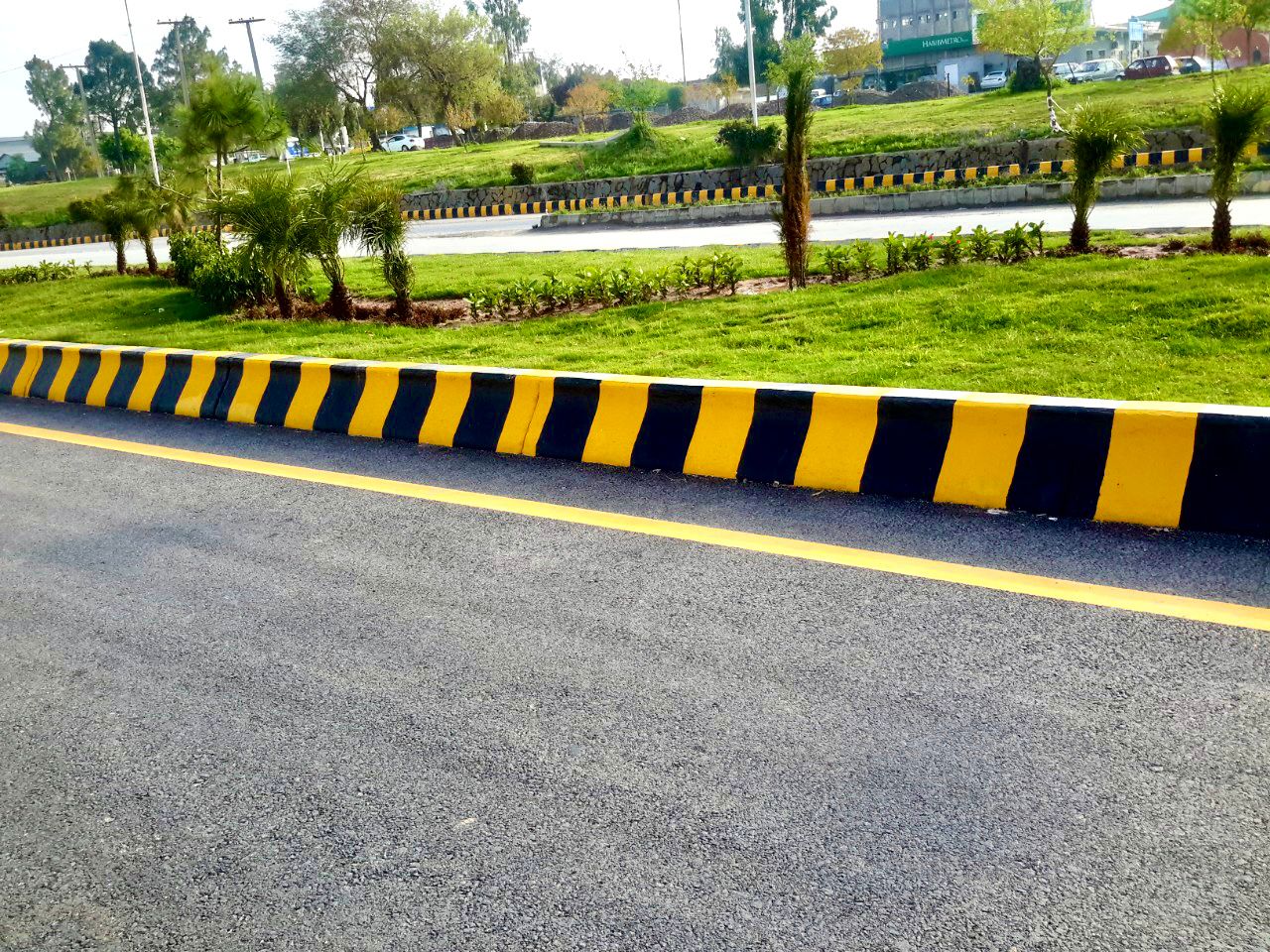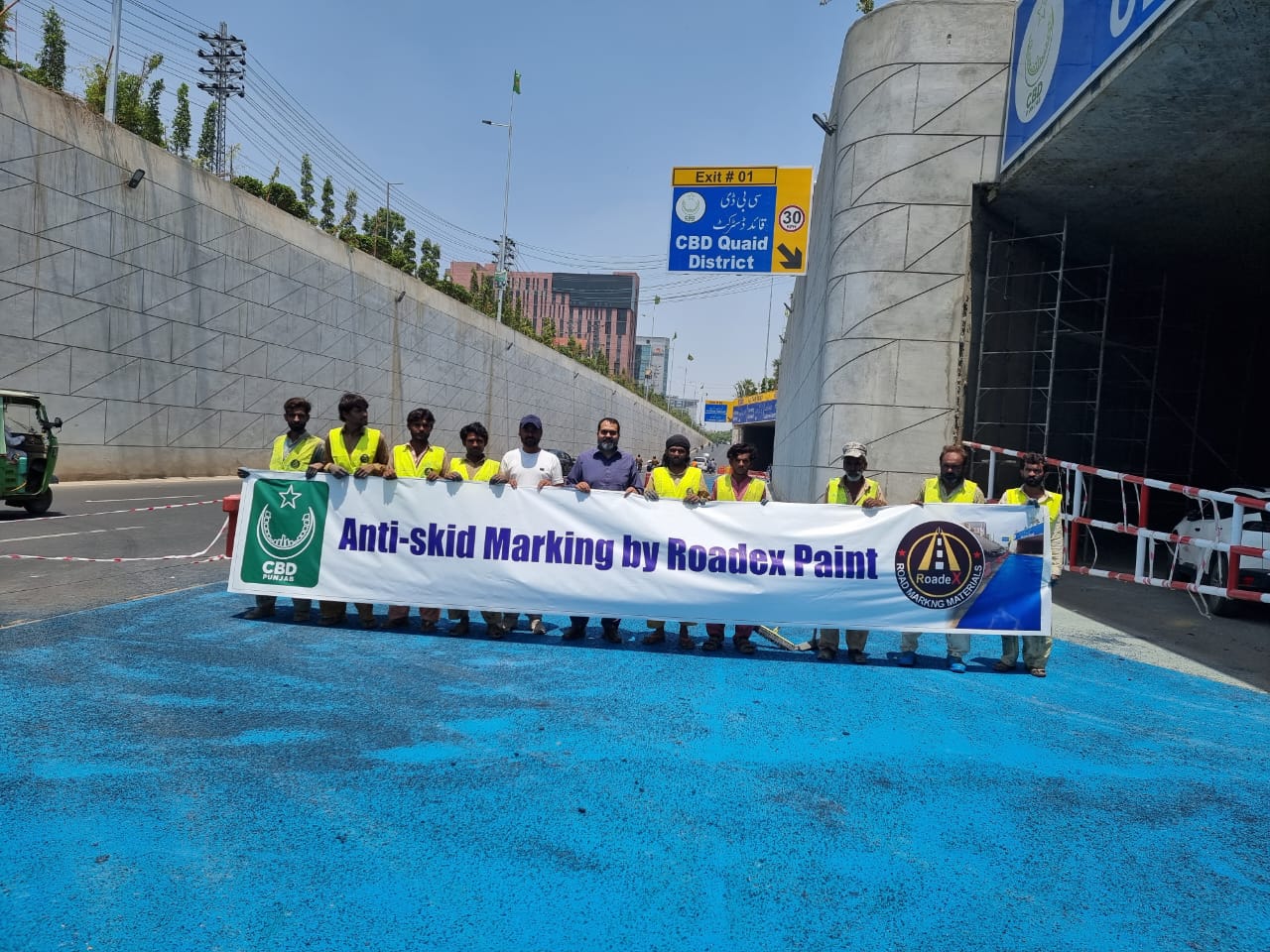Cold paint presents a groundbreaking solution in road marking techniques. Road safety and navigation rely heavily on clear and visible markings.
This is why achieving durable and effective road markings that withstand harsh conditions and heavy traffic is necessary.
Traditional road marking methods often struggle to maintain visibility over time. Weather conditions, abrasion from vehicles, and general wear and tear can cause markings to fade, reducing their effectiveness and potentially compromising safety on the roads.
This is why cold paint emerges as an effective, resilient, and durable approach to maintaining clear and safe roadways.
What is Cold Paint?
Cold paint is a type of paint that is used primarily in road marking and pavement applications. Unlike hot-applied thermoplastic paint that requires heat for application, cold paint is solvent-based and does not require heat for either its application or curing process.
This paint has several uses but It is typically used for creating road markings, pedestrian walkways, parking lot lines, and other similar applications.
This paint contains various components, including pigments for color, binders for adhesion to surfaces, solvents for viscosity and drying, and additives for durability and weather resistance. Once applied, the solvents in the paint evaporate, leaving behind a layer of dried paint that adheres to the road surface.
Cold paint is known for its ease of application, quick drying time, and versatility on different surfaces. It’s often used where quick turnaround times are essential, such as in temporary road markings or situations where traffic needs to resume quickly after painting. While it may not be as durable as thermoplastic paint but it still offers good visibility and adherence, making it a practical choice for various road marking needs.
Types of Cold Paint for Road Marking
Cold paint for road marking comes in various types, each tailored for specific applications and conditions. Here are some common types:
Water-Based Acrylic Paint
This type of cold paint utilizes acrylic polymers as the binder, mixed with water as a solvent. It is environmentally friendly and dries quickly upon application, providing good adhesion to road surfaces. Water-based acrylic paint is often used for marking pedestrian pathways and parking lots.
Solvent-Based Paint
Solvent-based cold paint uses organic solvents instead of water. It dries rapidly and offers excellent durability, making it suitable for high-traffic areas and roads that endure harsh weather conditions. It provides enhanced visibility and adherence to surfaces.
Chlorinated Rubber Paint
This type of cold paint contains chlorinated rubber as the binder, providing superior resistance to chemicals, water, and abrasion. Chlorinated rubber paint is highly durable and is commonly used for road markings in areas exposed to extreme weather and heavy traffic.
Methyl Methacrylate (MMA) Paint
MMA cold paint boasts rapid curing properties even at low temperatures, making it suitable for use in colder climates. It offers exceptional adhesion to various surfaces and maintains its visibility and durability over time.
Epoxy Paint
Epoxy-based cold paint is known for its outstanding durability and resistance to wear, making it suitable for high-traffic roads and areas where longevity is crucial. It adheres well to concrete and asphalt surfaces.
Each type of cold paint has its advantages and is chosen based on factors like weather conditions, traffic volume, surface type, and the required longevity of the markings. The selection of the appropriate paint type is essential to ensure the markings remain visible and durable, contributing to safer road systems.
Features of Cold Paint
Here are some key features of cold paint that make it stand out from other paints:
- Quick Drying: Cold paint typically dries rapidly upon application. This quick-drying nature allows for faster completion of road marking projects and minimizes traffic disruptions.
- No Heat Requirement: Unlike hot-applied thermoplastic paint, cold paint doesn’t require heat for application or curing. This characteristic simplifies the application process, reducing the need for specialized equipment.
- Versatility: Cold paint is versatile and can be applied to different surfaces such as asphalt, concrete, or even metal. This adaptability makes it suitable for various road marking applications, including roads, parking lots, crosswalks, and bike lanes.
- Good Adhesion: It exhibits strong adhesion properties to road surfaces, ensuring that the markings remain intact and visible even under heavy traffic conditions and adverse weather.
- Environmentally Friendly: Some formulations of cold paint are water-based or use environmentally friendly solvents, reducing their impact on the environment during application and drying.
- Visibility and Reflectivity: Many cold paints are formulated with reflective properties, enhancing visibility during nighttime or low-light conditions. This reflective quality contributes significantly to road safety.
- Durability: While not as durable as some thermoplastic options, cold paint still offers decent durability. It withstands moderate traffic and environmental factors, maintaining visibility for an extended period before requiring reapplication.
These features collectively make cold paint a practical choice for road marking.
In conclusion, cold paint stands as a versatile and efficient solution for road marking, offering a balance of quick application, environmental considerations, and adequate durability. Embracing cold paint techniques marks a pivotal step towards ensuring safer and well-maintained road systems.

